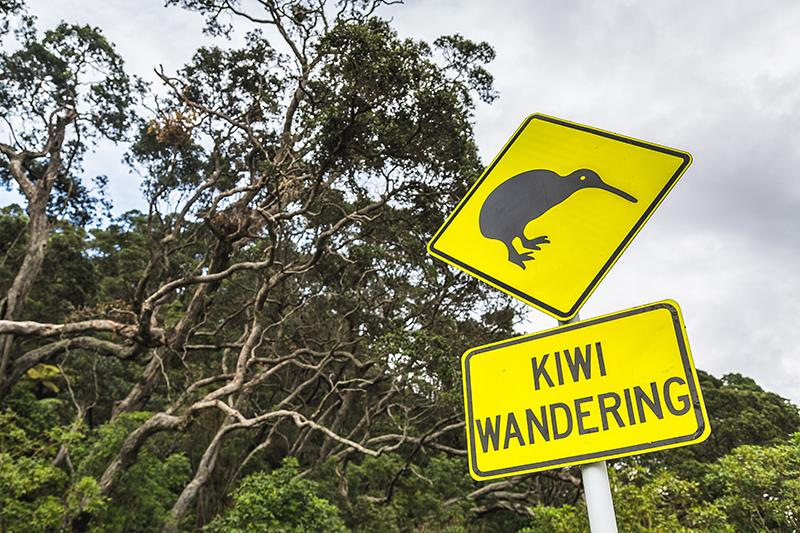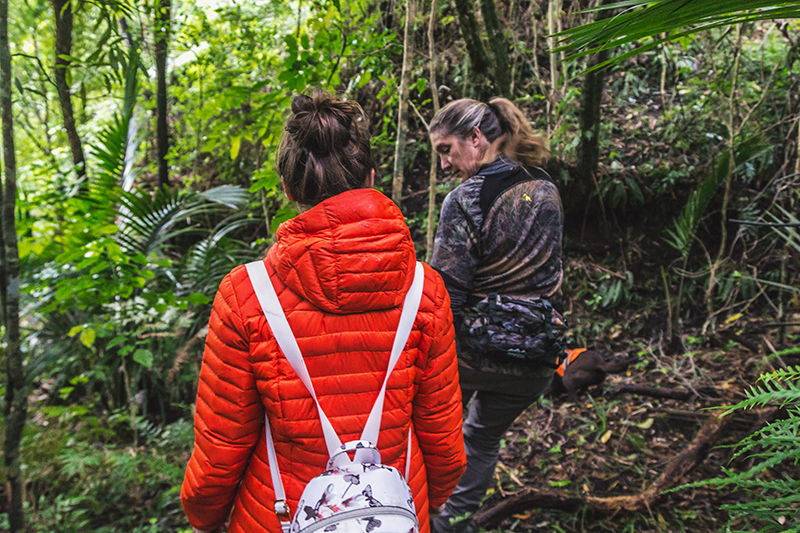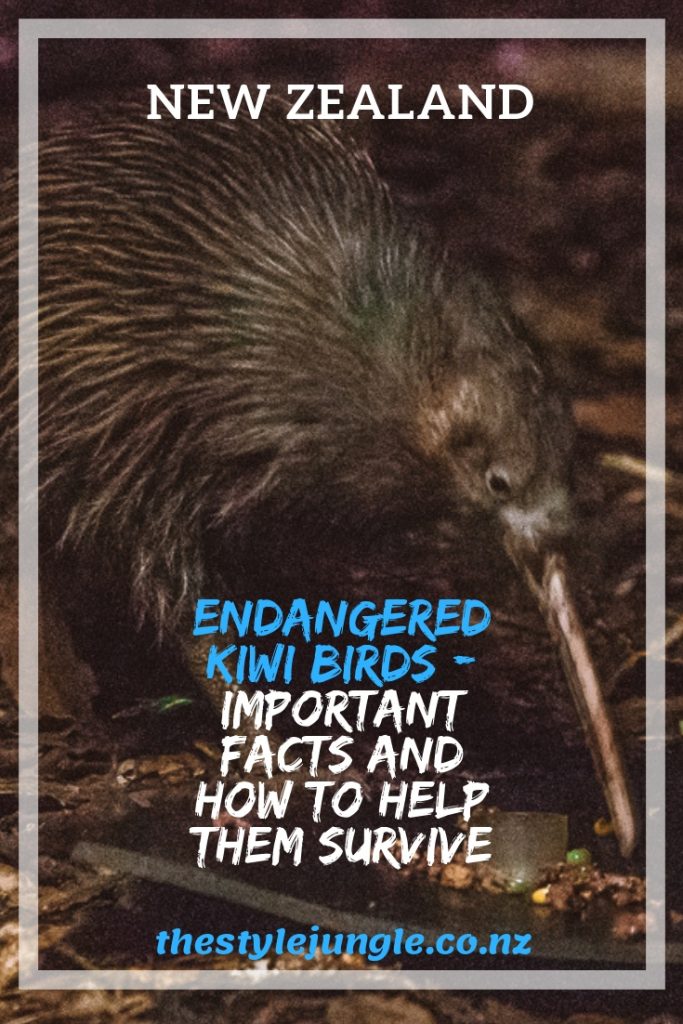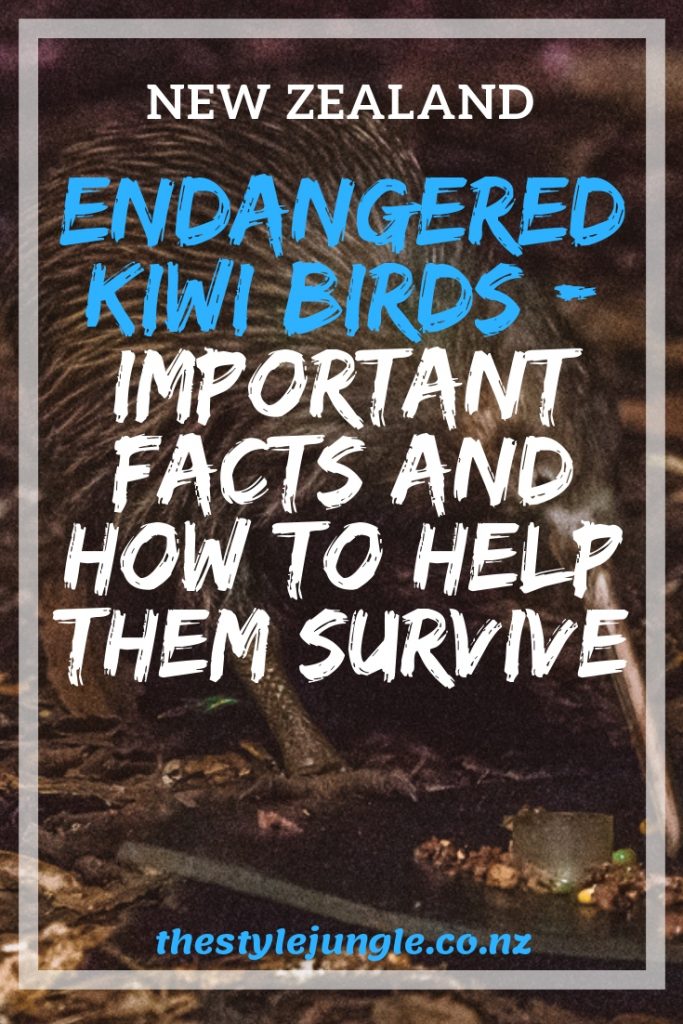It wouldn’t be an exaggeration to say that kiwi birds are a true symbol of New Zealand. We see their photos everywhere – on money (anyone still uses those, btw?), postcards, candies, in magazines and of course, in museums. Yet very few people saw a real kiwi bird. These cuties know how to hide! Sadly, they’ve been having more and more reasons to do so since humans arrived to the country. What used to be an amazing 12-28 million population (I have heard different numbers within this range) now hardly reaches 100,000 species. And it’s no one else’s fault but ours! Bringing new predators and pests to the country and cutting out forests is what nearly killed these unique birds. Thank God, we still can save them! And here are a few ways and important facts you should know to help grow kiwi birds’ population.
New Zealand’s flora and fauna is absolutely incredible and entirely different to the rest of the planet. It’s heartbreaking and literally impossible to digest that once endemic species go extinct here, there are lost to the whole world. Forever. We have already lost so many unique creatures. Think moa. Or huia. Or New Zealand grayling. And this list is awfully long.
The truth we need to accept is that most of those beautiful birds or fish disappeared because of us and our irresponsible lifestyle. We brought predators to the land that was secure and peaceful for hundreds of centuries. We hunt, we fish and we cut down without thinking what effects that causes to the nature around us.
Not surprisingly, lovely kiwi birds are now in danger of disappearing as well. They lived comfortably for ages, sleeping during the day and hunting at night to protect themselves from owls – formerly their only enemy. Now, unless it’s a protected conservation area, kiwi birds are being eaten by rats, cats and dogs. They are forced to move from a familiar habitat. They are being hit by cars. They can’t defend themselves and they need our help.
What makes kiwi birds so special?
Kiwi birds are unlike anyone else in so many ways. First and the most important – they are unique to New Zealand. They are what defines this country, they make all of us special by just living side by side with us, they inspire so many tourists to fly across an entire planet and to bring their money into the country…
They are also pretty fascinating little creatures because of their habits and characteristics. They can’t fly. They are the only birds in the world to have nostrils at the very end of their long strong beak. Their feathers have evolved into what looks and feels more like hair (it’s their camouflage that helps to hide in the forest). They can live for 50-60 years!
But the part that always amazed me the most is their relationships. Kiwi birds are very loyal and once they find their ‘soulmate’, they stick with the same partner for the rest of their life. That’s why when a dog or an accident kills a kiwi bird, it’s like loosing two birds at one, because the second one might never want to form a new family again and won’t have kids. Sometimes though, they move on but a few years should pass first – and who knows how dangerous those years would be for a flightless bird?
Female kiwi bird is always a leader – she is bigger, braver, louder and male birds are often even a little afraid of their partners. Yet they become really sad and disoriented without girls. Male birds take on a role of nurturer and build nests and hatch eggs.
Speaking of eggs, kiwi birds lay one of the largest eggs (compared to the size of their body) – one egg takes up about 20% of female’s body. Just compare it with how we feel with our babies taking up only 5% of human bodies!

What are the worst threats?
Despite all the efforts of volunteers and specialists, kiwi bird’s population in New Zealand decreases 2% each year. Well, there is of course a positive pattern in special conservation areas and sanctuaries but it’s only around 20% of the whole area inhabited with kiwi birds, so overall the numbers are declining.
The worst enemies of kiwi birds these days are cats and dogs. Cats destroy nests and eggs, while dogs hunt adult birds. Pigs can also destroy eggs. Possums, stoats and ferrets are the wild predators that also hunt kiwi birds. Around 27 birds are now being killed by a predator every week. It’s 1,400 birds per year!
Another threat is cutting out forests. Kiwi birds love living in a dense native bush that protects them from flying hunters like owls and provides lots of food (they love worms and insects). New Zealand used to be covered in forests but within the last seven centuries we went from 85% of bush areas to only 23%. Kiwi birds are forced to move and adapt to new circumstances, to share smaller areas and fight for food with bigger numbers of animals and birds , to say nothing about the huge numbers of birds being killed when the land is cleared by burning.
How can we help kiwi birds?
The first and the most important – if you live nearby a forest inhabited by kiwi birds, don’t ever let your dog or cat walk there! There are now special dog training programmes that teach dogs to avoid kiwi birds. You can enrol into one at Whakatane Kiwi Trust, for example – that’s the company we know well, we trust them and can recommend. Or find the nearest to you programme! If you own a cat, make sure it has a bell collar – the sound will warn the birds. And keep your pet well fed so that it doesn’t hunt the birds for food!
Food placed in leg-hold traps for rats or possums can also attract kiwi birds. And though many of them are strong enough to escape the trap, they still can’t leave unharmed. Many kiwi birds loose their leg or carry awful scars after getting into a trap. These birds can’t fly, so if you 100% need to place traps around, make sure they are elevated at least 70 cm above the ground.
Educate your kids. They are the future! And growing up with the knowledge on kiwi birds and how important and special they are will help them to avoid mistakes we were making simply out of ignorance. There are lots of lovely children books about kiwi birds, for example. Or you can take the whole class to places like Kiwi North in Whangarei on a special very informative and fun tour. Here is school booking form to make this day as special for your kids as possible. Whakatane Kiwi Trust also has special kids’ educational programme, we were lucky enough to witness those incredibly happy and exciting kids running around the dense forest with a confidence of someone living there for ages and knowing all the signs and routes. Isn’t it incredible for your kid to not only be aware of how to behave with kiwi birds but also to be able to navigate in a forest easily, learn about local plants and birds?

If you like being near birds and animals and want to learn more about kiwi birds yourself, you can become a volunteer. Both of the companies I’ve mentioned above, will be happy to have an extra pair of hands. If Whakatane and Whangarei are not the most convenient places to get to for you, choose sanctuary or conservation area in your region that accepts volunteers HERE.
If you were driving and accidentally hit an animal – it happens, especially at night time – take a moment to stop and check it wasn’t a kiwi bird. At night they might look like possums on the road. If it happened to be a kiwi bird and it’s injured, take it to the nearest vet. If it’s dead, don’t leave it on the road anyway, take it to Department of Conservation – they will give the feathers to local Maori iwi and might as well study this bird for some important information.
Donate money. That is not only the easiest but also the most effective way to help. There are so many amazing people around the country helping kiwi birds, they are mostly volunteers and rely heavily on donations. The named Whakatane Kiwi Trust, for example, has the cutest ‘Adopt a kiwi’ programme. From as little as $50 you can become a ‘parent’ to a kiwi bird and they will use your money to buy transmitters for a bird (these things cost around $350 and only last for a year!), build a fence to avoid kiwi birds running out on the roads, make sure there are no pests and predators on the territory and many more amazing things.
Another company that we can’t recommend enough is Kiwi North in Whangarei – they recreate natural environment for kiwi birds under the roof and take care after them until they are big and strong enough to be released into the wild. In the areas that are not protected from predators, 95% of chicks are being killed before reaching breeding age. So growing up at Kiwi North means avoiding this very dangerous period. You can join Kiwi North as volunteer, donate money at the special box at the reception or simply pay $20 for a ticket to see kiwi birds feeding.
I’m happy to say that we have also started our own fundraising to help ‘Kiwis for Kiwi’ organisation and will be very thankful for any dollar you transfer there. And now on we will also donate money from every purchase of our wee clothing line TSJwear to this fundraiser. It’s always nice to receive a little something in exchange for your generosity, right? 🙂 We have even created a special new T-shirt with the cute photo of a kiwi bird Alex took at Kiwi North – wear your own kiwi bird tee with pride and help to spread the message.
SPREAD THE MESSAGE. We can’t help if we don’t even know the help is needed, so if you’ve learned something new from this post, talk to your nearest about kiwi birds today, make them aware, share this post on social media, ask questions, read other articles, investigate, just don’t stay indifferent! Every little help counts and raising awareness is very important.
Liked this post? Pin it!




